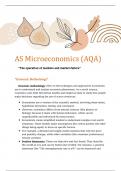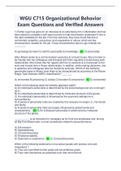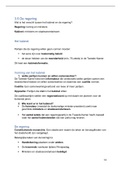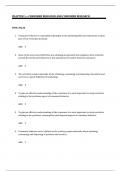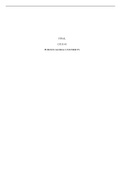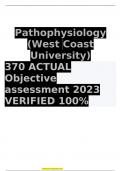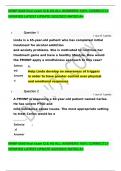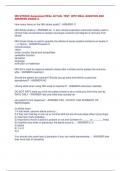Resume
Summary AS Microeconomics AQA revision notes + Diagrams (Individuals,Firms,Markets and Market failure)
- Cours
- Établissement
Elevate your understanding of AS Microeconomics with this meticulously crafted revision document, designed to cover essential topics in a clear and engaging format. Perfect for students preparing for exams, this document encapsulates a thorough exploration of key concepts and theories in economics,...
[Montrer plus]
